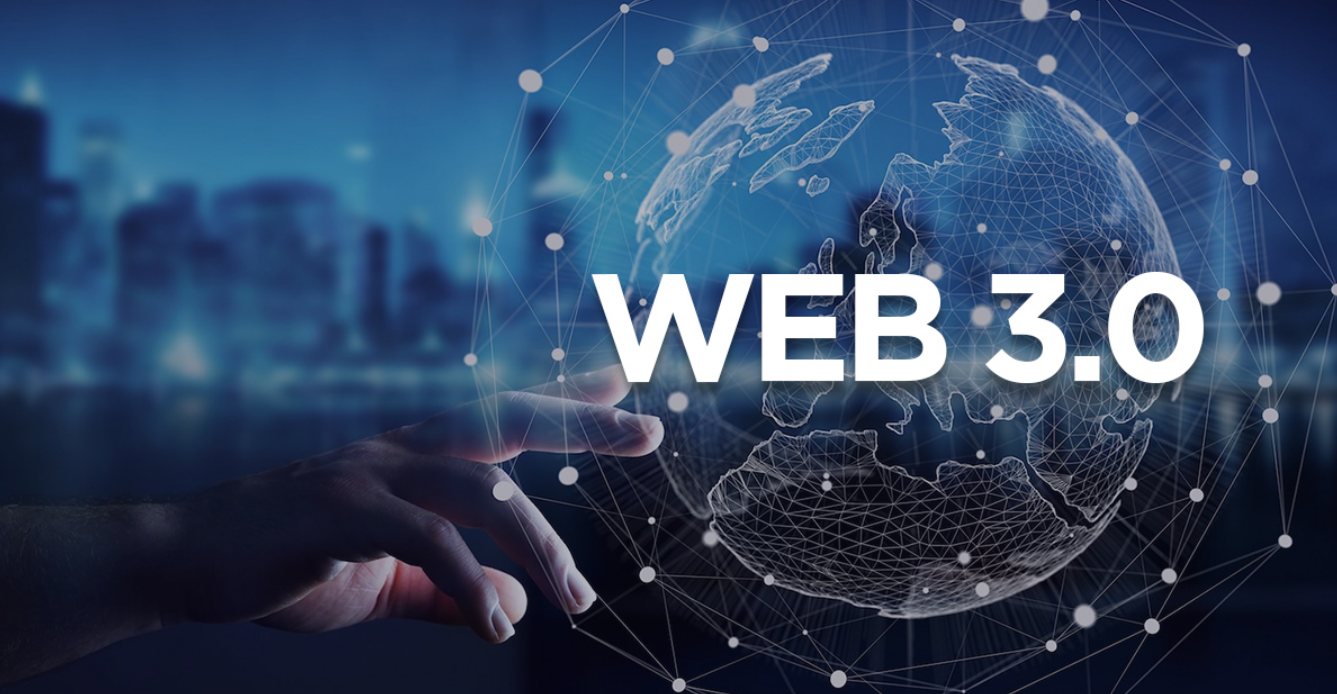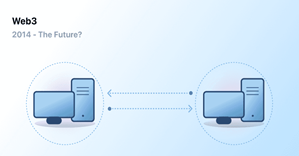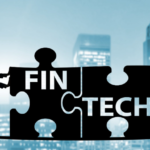
Web 3.0, also known as the Decentralized Web, is a new way of building and running the internet using blockchain technology and tools for decentralization. The concept of Web 3.0 was coined by Ethereum co-founder Gavin Wood in 2014 as a solution to the problem of trust in the existing web, where a handful of big companies control a disproportionate amount of traffic and value. Web 3.0 aims to give power back to individuals by allowing them to own and control their data and content.
Web 1.0, also known as the Read-Only Web, existed from 1990 to 2004 and was mainly made up of static websites owned by companies.

The Read-Write Web, or Web 2.0, began in 2004 with the emergence of social media platforms and allowed users to create and share their own content. However, the content was owned and monetized by companies, not users.

In Web 3.0, users are the owners of their data and content. This means that they have full control over what they share and can take it down at any time. Decentralized social networks such as Audicy offer blockchain alternatives to centralized platforms like YouTube, where creators can earn rewards in the form of library tokens. However, the lack of censorship means that illegal and harmful content can also be posted.

Web 3.0 is also expected to be run by Decentralized Autonomous Organizations (DAOs), which means that there will be no CEOs or Presidents to impress. Changes can be made through voting, and no single controlling authority can shut it down. Furthermore, users’ digital identities are not completely connected to their real-world identities, allowing for greater privacy.
The Web 3.0 Foundation is working on increasing decentralization on the internet through projects such as Blockchain Polkadot, Polkadot’s Test Chain, and the Web 3 Summit. Solana is also taking advantage of the novelty of Web 3.0. However, Web 3.0 is a big concept with many little ideas, and there is no one foundation or company that owns it.
The switch to Web 3.0 is expected to take time due to the complexity of the technology and the need for widespread adoption. The lack of regulation and censorship means that there are also obstacles to overcome, such as the posting of harmful or illegal content. However, the benefits of Web 3.0 include increased privacy, ownership and control of data and content, and the ability to make purchases and leave likes anonymously.
However, the transition to Web 3.0 is not without its challenges. One major obstacle is the lack of user-friendly interfaces and applications. Currently, most Web 3.0 platforms and services are geared towards developers and crypto enthusiasts, making it difficult for average users to adopt and understand. Additionally, there is a lack of interoperability between different Web 3.0 projects and blockchains, which hinders the growth and adoption of the ecosystem.
Another challenge is the issue of scalability. Blockchain technology, which forms the foundation of Web 3.0, currently faces limitations in terms of transaction speed and throughput. This means that as more users and applications join the network, the system may become congested, resulting in slower transaction times and higher fees.
Despite these challenges, the potential benefits of Web 3.0 are enormous. Decentralization means that power and control are shifted away from corporations and towards individuals. This could lead to greater privacy, security, and autonomy for users. In a decentralized Web 3.0 ecosystem, users would have full ownership and control over their data, which means they could choose how it is used and by whom. This could also lead to a more diverse and innovative ecosystem of applications and services.
In terms of impact, Web 3.0 has the potential to revolutionize a wide range of industries, including finance, healthcare, and social media. For example, decentralized finance (DeFi) applications are already being built on Web 3.0 platforms, which could enable greater financial inclusion and access to services for individuals who are currently underserved by traditional financial institutions. In healthcare, Web 3.0 could enable secure and private sharing of medical data between patients and providers. And in social media, Web 3.0 could lead to a more equitable and censorship-resistant platform.
So, how long will it take for Web 3.0 to fully replace Web 2.0? The answer is that it’s difficult to predict. While some experts believe that the transition could happen within the next few years, others believe that it could take decades. It largely depends on factors such as the pace of technological innovation, the level of adoption by developers and users, and the regulatory environment.
In summary, Web 3.0 is a new era of the internet that uses blockchain technology and is decentralized, user-owned, and privacy-focused. It aims to give power back to individuals by allowing them to own and control their data and content. While still in its early stages, Web 3.0 has enormous potential benefits, including increased privacy, ownership and control of data and content, and the ability to make purchases and leave likes anonymously. However, there are obstacles to overcome, and the transition to Web 3.0 will take time. Trends to watch include the continued development of decentralized social networks and the rise of DAOs.




